Record growth in tough year
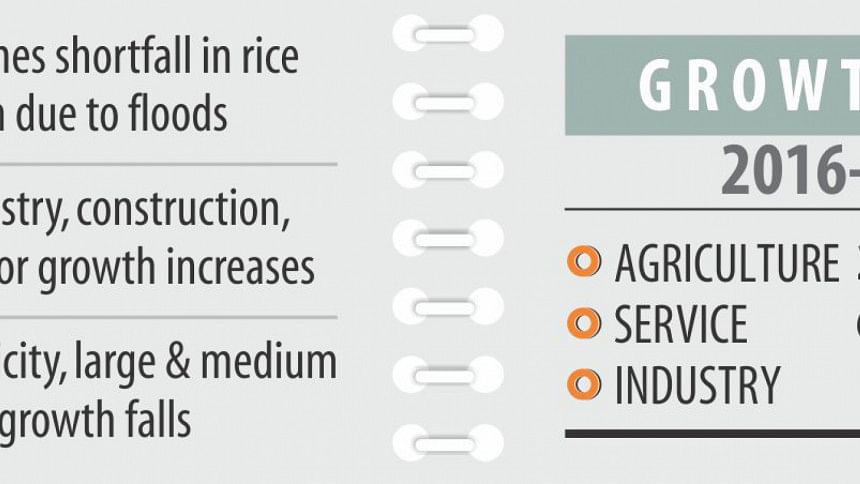
Bangladesh has achieved a record economic growth of 7.28 percent in the last fiscal year despite a fall in rice production and also in industrial growth.
The gross domestic product rose by 0.17 percentage points in fiscal 2016-17 from 7.11 percent in the previous fiscal year, according to Bangladesh Bureau of Statistics data.
The country attained the feat riding on the faster growth of the service sector. In the final count, the GDP growth increased by 4 basis points from the BBS' provisional estimate of 7.24 percent.
Planning Minister AHM Mustafa Kamal unveiled the data of the state-run statistical agency at a press conference at the National Economic Council auditorium yesterday.
Bangladesh secured more than 7 percent GDP growth for the last two consecutive years. “Only three countries, including Bangladesh, achieved such a feat,” he said.
The BBS data shows that the agriculture sector grew 2.97 percent in the last fiscal year, lower than the provisional estimate of 3.4 percent. The growth was 2.79 percent in FY 2015-16.
Flashfloods in the north-eastern haor region during the last Boro season and fungal attack inflicted extensive damages on the agrarian economy.
The BBS data says floods and heavy rainfall caused the rice production to fall by more than nine lakh tonnes to 3.38 crore tonnes in FY 2016-17 compared to the previous fiscal year.
The agriculture sector's contribution to the GDP is 14.74 percent.
Kamal said the rice production was low because of floods and rains, but the overall growth in the agriculture sector was not negative.
Providing data on other crops, including potato, jute and maize, BBS Secretary KM Mozammel Haque said the overall production of crops has increased.
Contacted, Zahid Hussain, lead economist at the World Bank Dhaka office, said, “I see two significant improvements in the final estimates relative to the provisional estimates. The agricultural growth estimate has been revised down to 2.97 percent, compared with the 3.4 percent in the preliminary estimate.”
“The revision takes much better account of the losses suffered due to haor floods and the blast fungus attack. Second, the statistical discrepancy between the expenditure and value added estimates is reduced from over 1 percent of the GDP in the preliminary estimate to 0.1 percent of the GDP. Private consumption and private investment share in the GDP are correspondingly higher in the final estimate relative to the preliminary estimates,” he noted.
After the BBS provisional estimate was released in May, the World Bank raised questions about it in September. The WB estimated that the GDP would grow by 6.4 percent in fiscal 2016-17.
Yesterday, WB economist Zahid said, “The larger puzzle -- the inconsistency between the 7.3 percent GDP growth estimate and the growth related high frequency indicators -- remains unresolved.”
He further said, “Public investment to the GDP has increased by 0.75 percentage points in a year when the ADP implementation rate is 3 percentage points lower than last year.
“How could manufacturing growth be nearly 11 percent in a year when LC settlement for import of industrial raw materials grew by only 3.5 percent and exports in nominal dollar terms increased by only 1.7 percent? How could construction grow by nearly 8.8 percent when LC settlement for the import of construction materials declined by 0.5 percent,” he asked.
“There are also directional inconsistencies. For instance, growth in wholesale and retail trade, transport and real estate sectors increased relative to last year while growth of credit to the private sector decreased.”
The WB economist pointed out, “This does not necessarily mean that the reported numbers are wrong. But they do raise a lot of questions which the final estimates do not help answer.”
According to the BBS data, the industrial sector grew 10.22 percent in FY 2016-17 against 11.09 percent in the previous fiscal year.
Natural gas and petroleum production, large and medium-scale industries, and electricity generation saw a fall in growth.
On the other hand, there was an increase in growth of small-scale industry and the construction sector.
The contribution of the industrial sector to the GDP was 32.42 percent.
But it was the service sector that made the highest contribution -- 52.85 percent -- to the GDP.
In FY 2016-17, the service sector grew 6.69 percent which was 6.25 percent in the previous year.
There was also an increase in growth of wholesale and retail trade, hotel and restaurants, transport and communication, financial intermediation, real estate and business activities, says the BBS data.
However, the public administration and education sectors saw a drop in growth.
Kamal said Bangladesh's economy has been growing steadily over the last several years. “We never lagged behind. We are always advancing in a sustainable way."
Replying to a query, the minister said the steady growth was possible because of an increase in per capita productivity.
He also noted that there may be questions over the BBS figures but the state-run agency did the calculations in a transparent way.
The same methodology, used last year and the year before, was applied this year as well, he added.

 For all latest news, follow The Daily Star's Google News channel.
For all latest news, follow The Daily Star's Google News channel. 

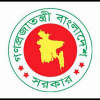
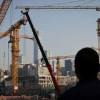
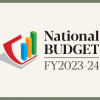
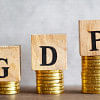



Comments